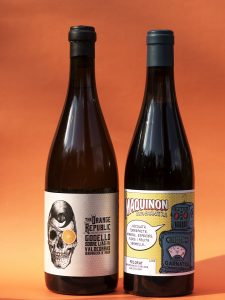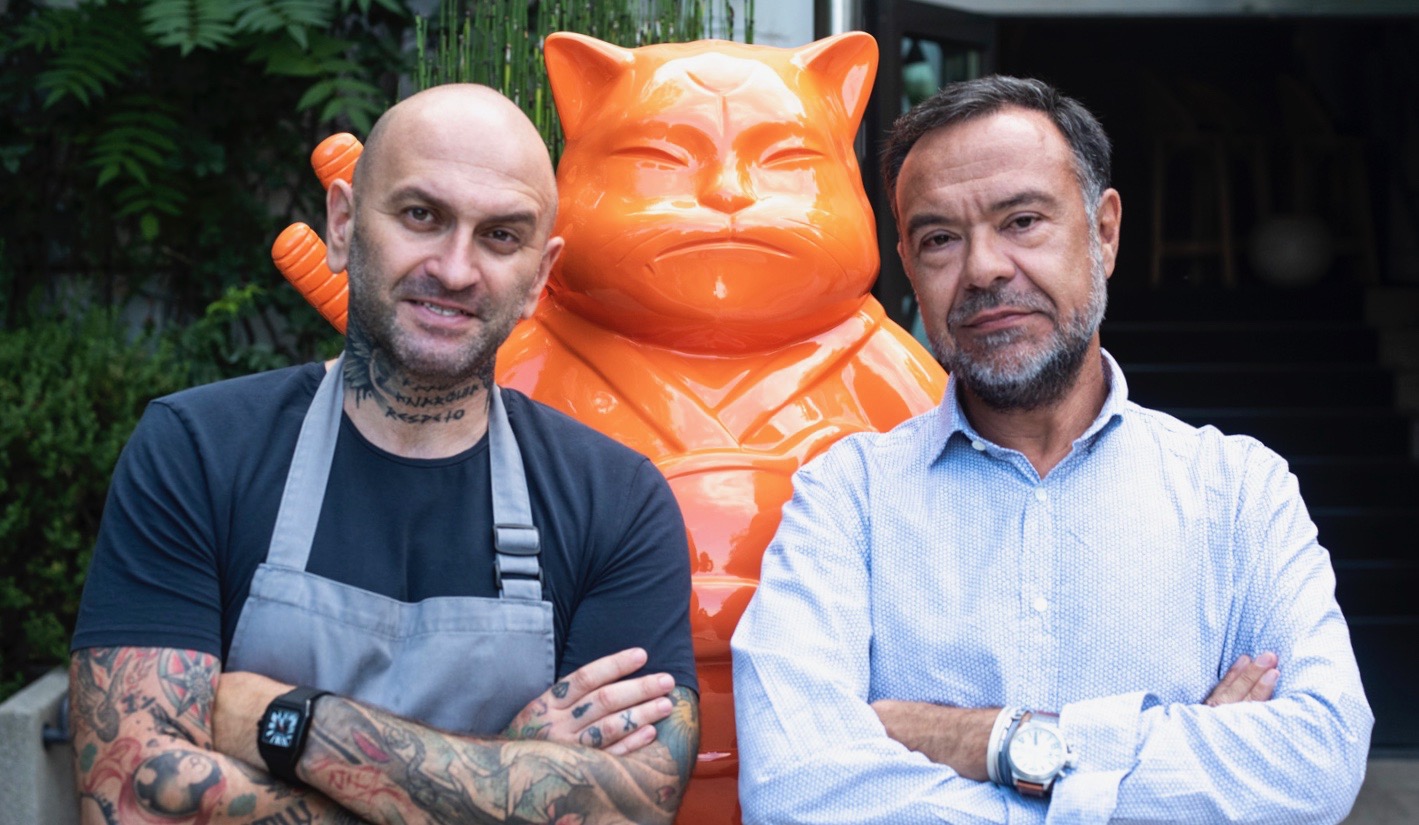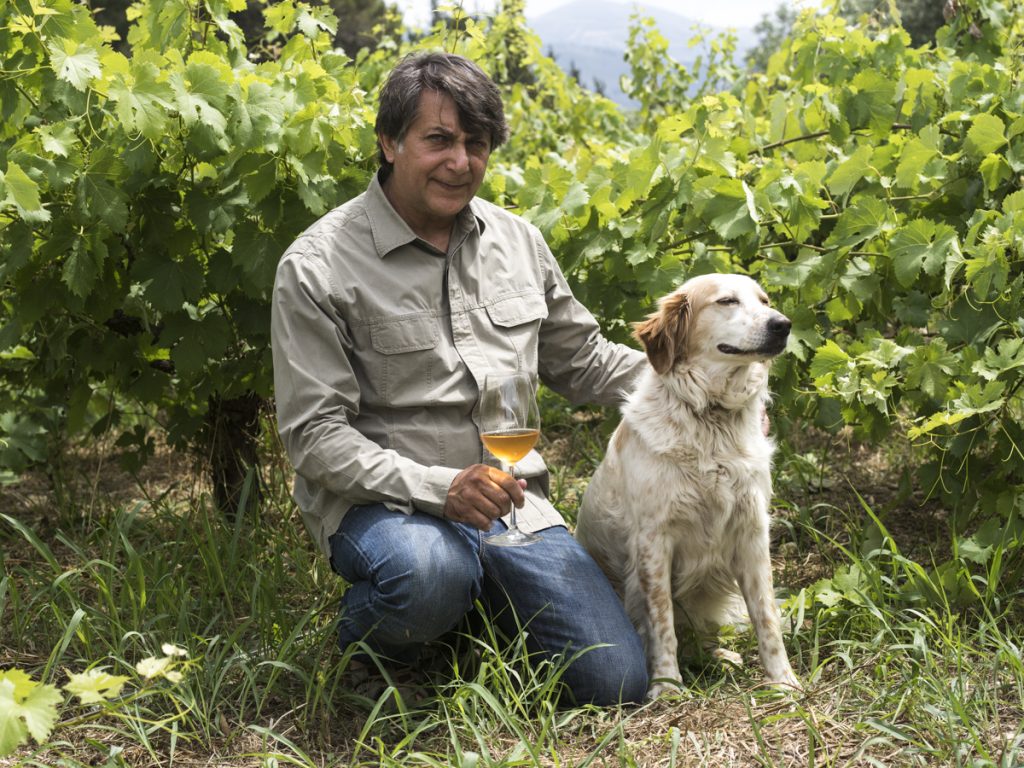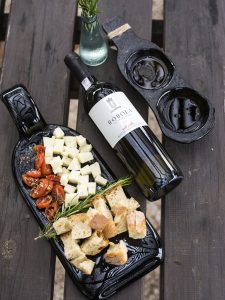Στην καρδιά της Αθήνας, μέσα στον πυκνοφυτεμένο κήπο του Μεγάρου Μουσικής, το Fuga restaurant είναι ένας σύγχρονος χώρος με διεθνή στοιχεία, μέσα στον οποίο εκφράζονται η δημιουργικότητα, ο προσωπικός χαρακτήρας, η καινοτομία στην κουζίνα.

Ο chef patron Δημήτρης Κατριβέσης έχει δημιουργήσει ένα sharing- style μενού, βασισμένο σε εξαιρετικά υλικά που παράγονται με ηθικές πρακτικές, επιτυγχάνοντας σε όλα τα πιάτα τον αρμονικό συνδυασμό γεύσεων και τεχνικών. Το αποτέλεσμα; ισορροπημένες γεύσεις με κοσμοπολίτικο αέρα και μια τροπική κουζίνα που αναδεικνύει τις μοντέρνες εκδοχές των μαγειρικών παραδόσεων από την Ασία, τη Λατινική Αμερική και τη Μεσόγειο.
Το μπαρ του εστιατορίου, Holy Garden, διαθέτει ένα φιλόξενο περιβάλλον με τη δική του, ξεχωριστή προσωπικότητα. Η ταλαντούχα ομάδα του Xavier Μισαηλίδη προσφέρει επιλεγμένα κλασικά και δημιουργικά, θεατρικά cocktails και ποτά. Η λίστα των cocktails συμπληρώνεται από μια ελκυστική επιλογή από σνακ και τάπας στο μπαρ, που αναδεικνύουν τις γεύσεις της κουζίνας.
Σεβίτσε με «γάλα» τίγρη και μάνγκο
Υλικά
Για το σεβίτσε:
100 γρ. λευκό ψάρι • 10 γρ. γλυκοπατάτα μαγειρεμένη, κομμένη σε κυβάκια • 10 γρ. αγγούρι, κομμένο σε κυβάκια • 10 γρ. μάνγκο, κομμένο σε κυβάκια • βλαστάρια κόλιανδρου • βλαστάρια γιαπωνέζικης μέντας • μίνι φύλλα παντζαριού • αλάτι θαλασσινό • 1 λάιμ • 5 γρ. κίτρινη περουβιανή πιπεριά
Για το λάδι σχοινόπρασου:
200 γρ. σχοινόπρασο • 200 γρ. ελαιόλαδο • 2 γρ. αλάτι
Για το γάλα τίγρη:
50 γρ. άκρες από το λευκό ψάρι • 100 γρ. χυμός λάιμ • 100 γρ. χυμός πορτοκαλιού • 100 γρ. χυμός λεμονιού • 20 γρ. κόκκινο κρεμμύδι • 20 γρ. κόλιανδρος • 5 γρ. περουβιανή πιπεριά • 80 γρ. πουρές μάνγκο • 5 γρ. αλάτι

Εκτέλεση
Για το γάλα τίγρη: Ανακατεύουμε όλα τα υλικά σε ένα μπολ και αφήνουμε να ωριμάσει στο ψυγείο 10 λεπτά. Χτυπάμε στο μπλέντερ ελαφρώς και μετά σουρώνουμε καλά. Φυλάσσουμε στο ψυγείο μέχρι να το χρειαστούμε.
Για το λάδι chives: Μπλανσάρουμε το σχοινόπρασο σε αρκετό νερό για 1 λεπτό. Κρυώνουμε με νερό και πάγο. Χτυπάμε στο μπλέντερ για 10 λεπτά, προσθέτοντας το ελαιόλαδο σιγά σιγά. Σουρώνουμε και φυλάσσουμε στο ψυγείο.
Για το σεβίτσε: Κόβουμε το ψάρι σε κύβους. ςε μπασίνα προσθέτουμε το αλάτι, λίγο από το γάλα τίγρης και έναν πάγο, και ανακατεύουμε για δύο λεπτά. Σερβίρουμε σε μπολ της αρεσκείας μας. Τελειώνουμε προσθέτοντας τα υπόλοιπα υλικά και το λάδι σχοινόπρασου.
Σερβίρουμε με ένα παγωμένο ποτήρι από το αγαπημένο κρασί, La Marimorena Albariñ

Χταπόδι με σοκολάτα
Υλικά για 4 μερίδες
20 γρ. σοκολάτα • 100 γρ. ζωμός θαλασσινών • 100 γρ. ζωμός από τον βρασμό του χταποδιού • 10 γρ. άνθρακας καρύδας • 1 γρ. κύμινο • 1 γρ. κάρδαμο • 5 γρ. μεξικάνικη πιπεριά chile de árbol
Εκτέλεση
Για την μπεσαμέλ: Βάζουμε το χταπόδι με τη σκόνη άνθρακα, το κύμινο και το κάρδαμο σε χύτρα ταχύτητας, σκεπάζουμε με νερό και μαγειρεύουμε για 15 λεπτά. Τα υγρά από τον βρασμό τα μειώνουμε μέχρι να έχουμε την υφή μιας σφιχτής Demi-glace.
Προσθέτουμε τoν ζωμό θαλασσινών, την πιπεριά και τη σοκολάτα, ανακατεύουμε μέχρι να λιώσει η σοκολάτα, χτυπάμε με το beamer και σουρώνουμε. Κόβουμε το χταπόδι σε μερίδες. Είτε το σερβίρουμε απευθείας αχνιστό, είτε το περνάμε από σχάρα. Σερβίρουμε σε ρηχό πιάτο με τη σάλτσα mole negro.

Συνοδεύουμε με το Orange republic, ένα μονοποικιλιακό Godello από το κορυφαίο Ισπανικό Οινοποιείο Casa Rojo.
fugarestaurant.gr, Τ: 210 724 2979




 Θα σκεφτόσασταν ποτέ να επενδύσετε σε μια χώρα όπως η Ελλάδα, όπου o οινοτουρισμός είναι ένας τομέας που τώρα αρχίζει να αναπτύσσεται;
Θα σκεφτόσασταν ποτέ να επενδύσετε σε μια χώρα όπως η Ελλάδα, όπου o οινοτουρισμός είναι ένας τομέας που τώρα αρχίζει να αναπτύσσεται;



















 Evriviadis Sclavos in his cellar.
Evriviadis Sclavos in his cellar. Some of the wines produced by Sclavos winery.
Some of the wines produced by Sclavos winery.

 On the grounds of the family home.
On the grounds of the family home.


 View of Oreallios Gaea winery.
View of Oreallios Gaea winery.
 Melissinos’ Oenologist, Kiki Siameli.
Melissinos’ Oenologist, Kiki Siameli.





 The old reservoir where the juice from pressed grapes ended up for fermentation.
The old reservoir where the juice from pressed grapes ended up for fermentation. Tradition meets modern winemaking technology at the Gaia winery.
Tradition meets modern winemaking technology at the Gaia winery. Breathtaking views from Santo Winery.
Breathtaking views from Santo Winery.




